I've created a faceted plot, separately for three different groups in my data, like so:
df <- data.frame(x=rep(seq(0.05,1,by=0.05),times=40),
y=sample(c('A','B'),20*40,replace=TRUE),
id=rep(1:40,each=20),
group=c(rep(1,20*12),rep(2,20*12),rep(3,20*16)))
g1 <- ggplot(df[df$group==1,],aes(x,y,group=id))
g1 <- g1 + geom_line()
g1 <- g1 + facet_wrap(~id,ncol=3)
g2 <- ggplot(df[df$group==2,],aes(x,y,group=id))
g2 <- g2 + geom_line()
g2 <- g2 + facet_wrap(~id,ncol=3)
g3 <- ggplot(df[df$group==3,],aes(x,y,group=id))
g3 <- g3 + geom_line()
g3 <- g3 + facet_wrap(~id,ncol=3)
grid.arrange(g1,g2,g3,nrow=1)
which gives me this:

As you can see, the number of facets differs between the three groups which means that the facets in the three columns have different heights. Is there any way to harmonize this height in a non-fragile way (i.e. without me having to manually determine the heights of columns 2 and 3 that gives me facets that look like they have roughly the same height)?
 Here's a solution with some guidance from
Here's a solution with some guidance from